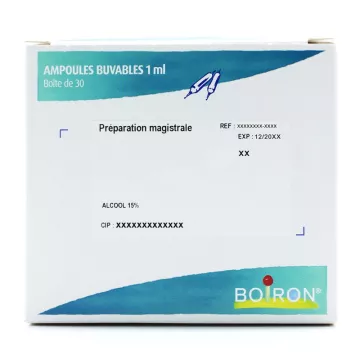

What are microcysts and how do they form on the skin?
Microcysts, also known as closed comedones, are small white or flesh-colored bumps that form below the surface of the skin. They generally result from the accumulation of sebum, dead skin cells and sometimes bacteria, trapped in the pores. This phenomenon is often associated with hormonal imbalances or excessive sebum production.
What factors contribute to the appearance of microcysts?
Several factors can contribute to the appearance of micro-cysts:
How can I prevent the appearance of microcysts?
To prevent the appearance of microcysts, we recommend :
What are the treatment options for microcysts?
Treatment for microcysts can include:
When to consult a dermatologist for microcysts?
We recommend consulting a dermatologist if :
How can I tell the difference between microcysts and other types of pimples?
Microcysts are distinguished from other types of pimples mainly by their texture and appearance. They appear as small, firm bumps under the skin, with no visible opening like blackheads. Unlike inflammatory pimples such as pustules or papules, microcysts are not usually red or painful. Correctly identifying the type of skin lesion is crucial to adopting the most suitable treatment.
Are there any natural remedies for microcysts?
Although medical treatments are often recommended, some natural remedies can be used as supplements to manage microcysts:
Can microcysts be extracted at home?
Extracting microcysts at home is generally not recommended, as it can lead to infection, scarring or worsening of lesions. The best approach is to consult a healthcare professional, who will perform the extraction in a sterile environment and with the appropriate tools. For those wishing to reduce the appearance of microcysts at home, it's best to use topical treatments recommended by a dermatologist.
What impact can diet have on microcysts?
The link between diet and the appearance of microcysts is still a matter of debate, but some studies suggest that diets high in sugar and dairy products may exacerbate acne and microcysts. Adopting a diet rich in vegetables, fruit, whole grains and lean proteins can contribute to overall skin health. It is also advisable to reduce consumption of processed and high-fat foods to better manage microcysts.
What skincare products should I avoid if I have microcysts?
If you're prone to microcysts, it's essential to avoid skin care products that can clog pores or are too aggressive. Products containing heavy oils, silicones or comedogenic ingredients should be avoided. In addition, it's important to be wary of products that are too drying or exfoliating, which can irritate the skin and disrupt sebum production. Opt for non-comedogenic, lightweight formulas specifically formulated for acne-prone skin.